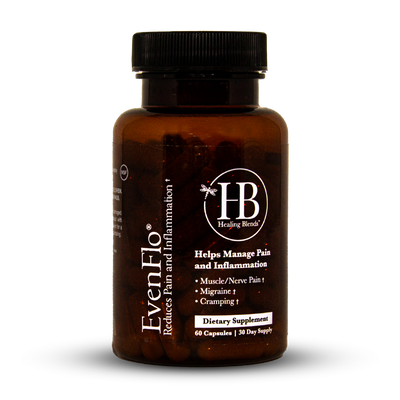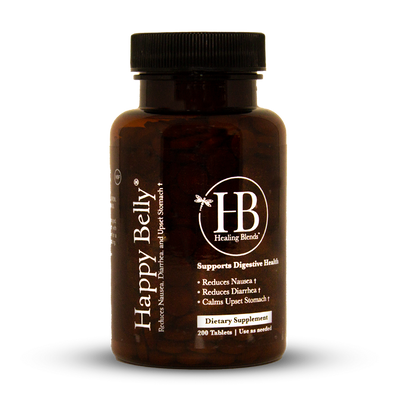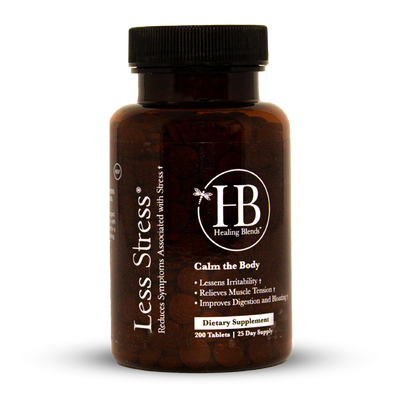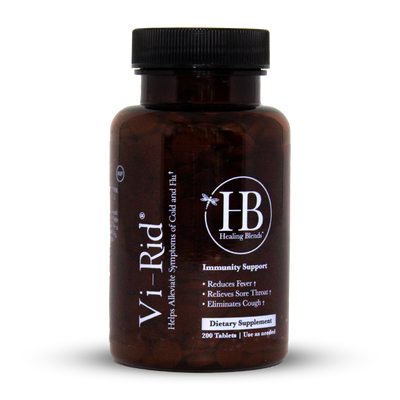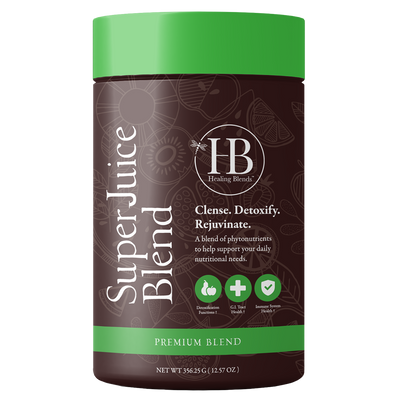Sickle Cell Disease & Yoga: Benefits, Practices & Results

There is an unwarranted stigma surrounding exercise among many healthcare practitioners and patients with sickle cell disease.
In part, this is due to the notion that heavy exercise can lead to increased risk of heart problems and vaso-occlusive crisis. Historically speaking, exercise has been considered ‘too risky’ for sickle cell disease patients.
But a deeper look at the literature reveals a lack of formal and duteous research on the subject. While some studies suggest that high intensity (extreme) exercise can lead to ‘exercise collapse’, they also attribute this to other parameters like extreme heat, genetic predisposition, severe dehydration, and acidosis. In fact, the latest research suggests that low to moderate-intensity exercise is not just safe but it may actually be highly beneficial for SCD patients.
Sickle Cell Disease and Exercise: An Overview

It is a well-known fact that physical exercise and endurance training are the most constructive ways to boost muscle oxygen supply and improve skeletal muscle microvasculature. Research indicates that exercise (in all forms) causes epigenetic changes in several pathways connected to regular exercise and their physiological benefits.
SCD patients face an unusual dilemma of spiraling into a crisis if they undertake any strenuous activity. The short-term potential risks of acute exercise (very high intensity) in SCD patients consist of increased inflammation, oxidative stress, metabolic acidosis, and endothelial activation. However, new research suggests that moderate-intensity exercise offers long-term benefits like improved vascular health, better fitness, and enhanced physical function. It may also confer disease-modifying effects among individuals with SCD.
In 2019, researchers studied 32 participants for eight weeks as they engaged in 40-minute sessions of moderate-intensity exercise. They found a significant improvement in blood oxygen delivery to tissues and overall physical health. This recent development in research highlights the imminent need to readdress how SCD patients and healthcare practitioners view exercise, and to find a sustainable ‘dosage’ of exercise that optimizes the balance between health risks and long-term benefits. It also opens up the possibility of using exercise to address pain management and as a strategy to thwart commonly arising comorbid conditions.
Yoga and Sickle Cell Disease:
There is promising data that links moderate-intensity exercise like yoga to improved physical health and a better quality of life for SCD patients. Simplistically speaking, Yoga is a multi-disciplined mind and body practice that originated roughly five millennia ago. It has undeniably expanded to all corners of the globe today. There are three key facets of yoga:
Asana: This refers to the physical exercise postures (yoga asana) that can be practiced either individually or in a flow of poses in the five main positions – sitting, standing, kneeling, prone and supine.

Pranayama: Pranayama is a wellness practice better known as breathwork. In a nutshell, it is a set of 14 basic breathing exercises and their variations that help an individual learn how to regulate, control, and manipulate the breath to improve the flow of prana (life energy).
Meditation: Meditation, though it needs no introduction, is a deep-relaxation technique – like chanting – to focus the mind on a thought, visualization, sound, or object to improve attention and awareness.
There is copious scientific literature on the subject of yoga that demonstrates how it is a viable means to reduce stress, improve blood circulation, and promote relaxation in the general population. Studies also indicate that it improves flexibility, strengthens the body, and helps tone muscles.
Since yoga is a low-impact practice, it falls under the category of light to moderate-intensity exercise. Additionally, it can be further tailored to suit an SCD patient and mitigate the risk of crisis due to strain or overexertion. Regular sessions of yoga can induce valuable functional adaptations that reduce microvascular deficits and decrease pain/inflammation. This can drastically improve the physical well-being and quality of life among SCD patients.
Yoga is one way. There are other simple steps you can take to support your well-being. Find them here.
Yoga Practices for Sickle Cell Pain Management:
A considerable amount of sickle cell disease patients lives with unremitting episodes of pain for the majority of their adult life. When the sickled RBCs block blood flow, it can lead to periodic episodes of pain called ‘crises’. Mild-to-severe pain is one of the most common complications and the primary reason for seeking healthcare.
For better or worse, using opioids has hitherto been the primary answer to pain management in times of crisis. Most cases of moderate pain among SCD patients are addressed by administering a weak opioid like oxycodone along with a non-steroidal anti-inflammatory drug like ibuprofen. In acute cases, even stronger opioids like morphine or methadone are used.
However, this poses a problem in the long-term management of pain as frequent use of opioids gradually leads to an escalation of doses. Some studies even indicate that sustained use of opioids for pain management may actually increase an SCD patient’s sensitivity to pain. Furthermore, it leads to additional risks of opioid addiction and dependency, which is a minefield in its own regard.
Fortunately, there is growing evidence that relaxation techniques and exercise can be used in conjunction with standard medical therapy to improve health and manage pain in SCD patients. Yoga offers the solution of meditation and breathing exercises as an acceptable alternative to reduce pain. These simple self-care practices are free, easy to modify, and can be performed by anyone suffering from SCD. Furthermore, there is a promising scientific research that suggests it could be an accessible and helpful resource for pain management. For instance, a 2015 study advocates the use of breathing exercises as an effective solution to deal with the acute and painful exacerbations of sickle cell disease.
Pranayama, the breathing techniques, are central to the practice of yoga. Hypoxia therapy, in the form of pranayama, has also shown promising results in helping patients of sickle cell disease. A study published in the World Journal of Pharmacy and Pharmaceutical Sciences noted that Pranayama promotes the formation of healthy RBCs that have oxygen-carrying capacity. Similarly, mindfulness and progressive relaxation meditation have also demonstrated a distinct efficacy in helping SCD patients manage pain.
You can also include an all-natural supplement like EvenFlo, which draws from the latest sickle cell research, and is formulated especially for SCD patients. EvenFlo has been formulated using thoroughly researched combinations of phytochemicals that alleviate acute pain and inflammation, and boost blood circulation. It provides active relief from chronic pain conditions and creates a favorable foundation to pursue a daily moderate-intensity exercise regimen.
Want to learn more about how lifestyle changes can help manage a Sickle Cell crisis? Dr. Charlie Ware has created a free toolkit, just for you. Get it here.
Yoga, Sickle Cell Disease, and Pediatrics:

According to a survey conducted by the research group in 2017, 90% and 48% of kids with sickle cell disease participated in physical activity and sports, respectively. The study concluded that children with lower participation in physical activity reported greater disease impact.
Vaso-occlusive crisis (VOC) is one of the most common SCD complications among children and a primary cause of acute pain in pediatrics. In 2017, another study was conducted to examine the impact of regular yoga sessions on children (5-21 age group) with a vaso-occlusive crisis. The hospitalized SCD kids were offered daily sessions of meditation, yoga poses, breathing techniques, and guided relaxation.
The objective was to measure the efficacy of yoga in pain management and to check if it could replace their reliance on opioid medications. Many participants reported a substantial reduction in mean pain score right after the first session. The study later concluded that yoga is a helpful, acceptable, and feasible nonpharmacological intervention for pain management in children with VOC.
Children who undertake moderate-intensity exercise can combine it with dietary supplements that will reduce inflammation and increase blood flow. This can help manage muscle cramps and improve blood circulation to ensure smooth progress. You should opt for a dietary supplement especially formulated for kids like EvenFlo Jr. A meticulously researched combination of essential phytochemicals will help them manage acute and chronic pain conditions. It is based on the latest sickle cell research and has shown 97% effectiveness in a double-blind study. Furthermore, the product is Non-GMO, gluten-free, and vegetarian.
In Conclusion
Cultivating a daily regimen of an SCD-friendly yoga routine can be beneficial in improving physical ability, muscle function, and blood circulation. Moreover, it may result in better sleep, social interactions, and stress reduction. You can combine exercise with antioxidant-rich supplements that will fight free radicals in the body, and promote overall wellness. Liquid Chlorophyll strengthens the body’s stress-coping capacity and enhances the benefits of other dietary supplements.
Breathing techniques like pranayama, deep relaxation techniques like guided meditation, and moderate yoga can be an effective long-term solution to relieve recurring and chronic pain among SCD patients. Dietary supplements like Zinc will improve the function of immunity cells and boost overall health. And, research-based dietary supplements like EvenFlo can provide a safer and reliable option beyond the murky world of opioids, to manage pain in SCD patients and improve their quality of life.














